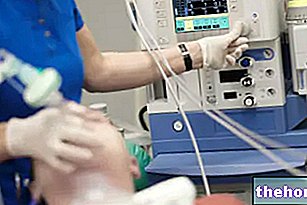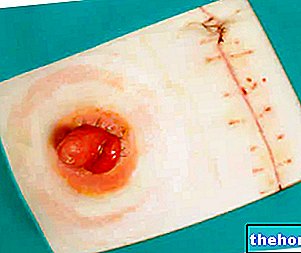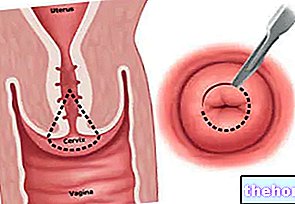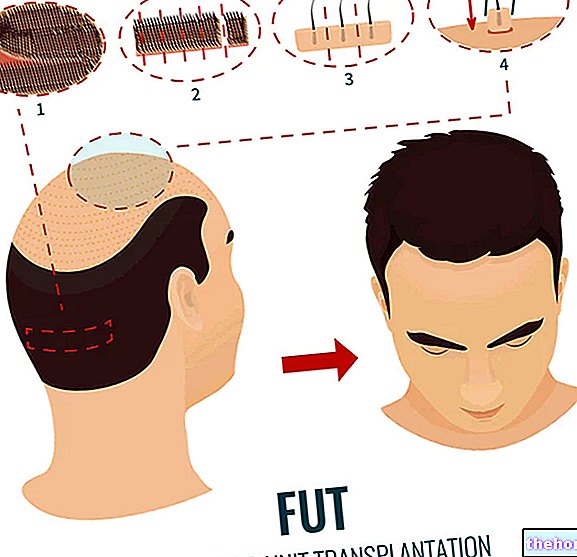Apicoectomy: key points
Apicoectomy is the surgical practice of first choice for the treatment of non-curable dental granulomas through simple devitalization (root canal filling).
Precisely, the "apicoectomy involves two basic steps:
- Removal of the apex of a tooth root severely infected with bacteria
- Filling of the open root cavity with a biocompatible material (retrograde dental sealing)
Terminology
- Dental granuloma: chronic inflammation of the root apex of a tooth
- Dental root: section of the tooth inserted inside the alveolar bone, inside which the dental pulp (the vital part of a tooth) is contained
- Apex of a root: the point from which nerves and blood vessels access the tooth
- Root canal: the canaliculus inside the root, where nerve fibers and blood vessels flow


Apicoectomy is mainly performed to permanently seal the root canal from the apex, denying any possible and eventual access to bacteria.
Although it is a rather invasive procedure, apicoectomy is not particularly painful and must always be performed under local anesthesia.
Why is it done?
Performed in conditions of extreme gravity, apicoectomy is aimed at treating important chronic inflammations at the level of the root apex of a tooth (eg granulomas) and dental abscesses.
To heal completely, a granuloma requires surgical treatment: in general, devitalization is sufficient to completely remove the infection. However, the granuloma must undergo apicoectomy when the tooth - for anatomical or pathological reasons - cannot be devitalized.

From Wikipedia: the various stages of dental devitalization. A) Sick or damaged tooth. B) Trepanation and cleaning. C) Elimination of vessels and nerves up to the apex of the tooth with root canal files (endodontic "files"). D) filling with gutta-percha and covering with prosthetic crown (capsule)
A diseased tooth cannot be devitalized under the following circumstances:
- The infected tooth has already been devitalized and cannot be retreated
- The root canal of the damaged tooth is blocked by a non-removable post
- Inability to reach the root canal with the surgical instruments normally used during a devitalization
- The tooth affected by granuloma is encapsulated
- Very tortuous and curved root canal
The only alternative to devitalization for the treatment of granulomas is therefore the apicoectomy. Only in extremely serious cases, where the infected tooth cannot be cured either with apicoectomy or devitalization, does tooth extraction prove to be the only (and extreme) conceivable solution.

The various phases of apicectomy: 1) gingival incision to discover the tooth root affected by granuloma 2) and 3) removal of infected tissue 4) removal of the root apex 5) obturation of the root canal 6) repositioning of the gingival flaps
Indications
In addition to the treatment of granulomas and dental abscesses, apicoectomy can be performed in case of:
- Tooth root fracture / severe trauma
- Dental cysts
- Root perforation
- Unbearable toothache that cannot be cured with other endodontic treatments
- Persistent dental symptoms that do not indicate any morbid phenomena on X-rays
On which teeth can it be performed?
Contrary to what one might believe, apicoectomy can be performed both on the front teeth and on the molars. Clearly, a similar operation performed on incisors or canines is faster and hasty because the teeth have only one root canal. in molars, on the other hand, they are more difficult due to the higher number of root canals.
If the tooth affected by granuloma is a wisdom tooth, extraction is recommended.
Is apicoectomy painful?
The apicoectomy is performed on an outpatient basis, under local anesthesia. Thanks to the improvement of the anesthetic procedures, the removal of the granuloma by apicoectomy is almost painless. sensitive to high healthy teeth, especially to thermal changes.
Preparation for apicoectomy
Before the apicoectomy, a consultation and a specialist visit with your trusted dentist are unavoidable. To determine if the apicoectomy is necessary or not, the doctor will have to ascertain the state of health of the tooth and carefully evaluate the lesion with the "aid for radiographic studies (X-rays).
The doctor's duty is to explain to the patient what exactly the procedure consists of, making him aware of the possible risks and complications.
It is recommended to always inform the doctor in the presence of allergies to drugs or materials (eg allergy to latex, allergy to nickel), diseases (past or ongoing) and a possible pregnancy (presumed or in progress). It is important to tell your dentist if you are taking any medications to treat a given disease.
A few days before the apicoectomy, the patient should follow a precise precautionary scheme to minimize post-surgery risks.
The following are the standard guidelines to put into practice before the operation:
- Support the normal cleaning of the oral cavity with rinses of medicated mouthwashes with disinfected action (eg chlorhexidine). Start the treatment 3-4 days before the apicoectomy
- Taking an antibiotic a day before (or two days before) the apicoectomy can prevent infections in the immediate post-surgery. The antibiotic requires a prescription
- Take an anti-inflammatory drug at least a couple of hours before undergoing the apicoectomy: this advice can help reduce pain and inflammation that occur after the surgery, as soon as the anesthesia wears off.
Before proceeding with the apicoectomy, it is necessary - as well as essential - to always address all doubts, concerns and uncertainties to the dentist.
Apicoectomy: execution and post-surgery "




























